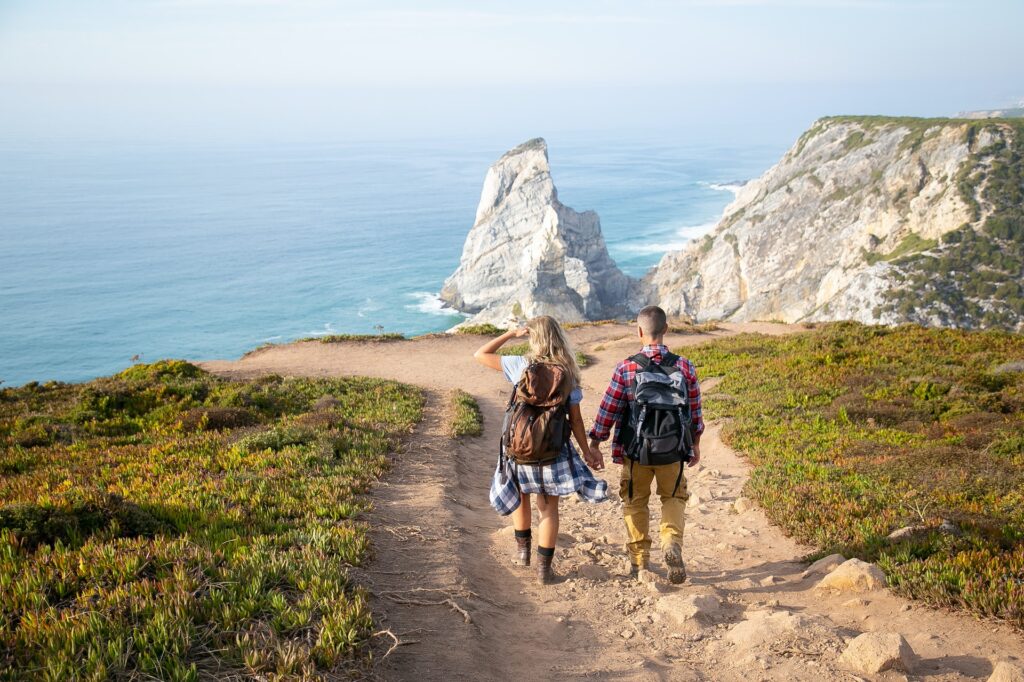Summer is a beautiful but unpredictable season, which is why it’s important to pack well if you intend to head out into the great outdoors during the summer months. A ready stock of hiking supplies can guarantee that you and your hiking buddies have the best possible day in the mountains. Going hiking with insufficient or inappropriate equipment and supplies, however, may lead to injuries, accidents, and even search-and-rescue incidents in certain extreme circumstances.
When deciding what you need to bring on a summer hike, consider the distance and duration of your hike, the weather forecast for the day, and your chosen location. If you intend to hike especially long and far, in a very remote place, or during potentially inclement weather, you’ll want to bring more gear, clothing, food, and water.
If you’re new to hiking or need a detailed review of packing essentials, read on. The following list features six key items you’ll want to take with you on any hiking trip.
Extra Clothes
When preparing for a hike, you must anticipate the weather and other environmental conditions you’ll face and dress accordingly. For a summer hike, you’ll typically want to wear and pack breathable, moisture-wicking clothing. Zip-away pants are also a useful option for the season. They can protect you from insect bites, scratches, and poisonous plants, and you can strip them down to shorts if it gets too hot out.
Good-quality outdoor socks are also a must to keep your feet protected and comfortable as you trek. Try a pair of American-made compression socks to encourage circulation in your feet and lower legs and stave off swelling and soreness. If sweaty feet are a major concern, socks made with moisture-wicking technology are your best bet.
Even if you only intend to be out for the day, it’s usually a good idea to bring more clothing than you think you’ll need. This will help keep you safe and comfortable in case the weather takes an unexpected turn or you suddenly have to spend the night outdoors.
Food and Water
When they’re out on the trails, many people forget to drink enough water. Dehydration, however, significantly increases the risk of altitude sickness. That’s why it’s always good to have extra bottles of water on hand. Take note that the best way to prevent dehydration is to drink slowly and frequently over several hours, rather than all at once.
Additionally, hiking with even a lightweight pack can burn hundreds of calories an hour. This means you’re likely to get hungry faster on a hike than you would normally. Bring plenty of snacks, especially salty and sweet foods that are rich in sodium and calories, as these will help replenish the energy you’ll be burning. Granola, candy, energy bars, and dried fruit are all highly recommended food options for hikers.
Navigation Equipment
Maps may seem a bit old-school, especially to younger hikers, but they’re still the most dependable navigation tool you can take on a hike. After all, maps are lightweight, portable, and don’t depend on batteries, cellular coverage, or internet connectivity to work. As long as you know how to read physical maps, you can use them anywhere.
State parks and reserves usually provide free maps at the entrance. Alternatively, you can acquire trail maps from the National Forest Service or your local forest ranger’s district office.
A compass and an altimeter are additional useful tools to have on hand for accurately reading your map. Make sure to go over your map carefully before you start hiking, and don’t stray from marked trails.
Rain Gear
In many states, summer weather can change dramatically and without warning. Having rain protection on hand can spell the difference between a more comfortable hike and a nasty case of hypothermia. A waterproof raincoat or an extra jacket, for example, can help you weather a sudden summer downpour with ease. It can also be helpful to pack an additional form of shelter, such as a tarp or a tent, in case you ended up stranded in a storm for a longer period.
Sun Protection
Don’t let the cool temperatures you enjoy up in the mountains fool you. It’s much easier to get sunburned at elevation than it is at lower altitudes. This is because the UV intensity from the sun increases as you go higher up. Hence, wherever you choose to go hiking, be sure to bring a hat, a good quality sunscreen, and sunglasses for the best possible sun protection.
A First Aid Kit
Sprains, cuts, blisters, and other minor injuries are common on hiking trails, so you’ll want to make space in your pack for a lightweight first aid kit. If you’re hiking with a group of people, make sure each person has their own kit. That way, they can treat themselves in case they get separated from the group.
Your first aid kit should include essential items like gauze pads, adhesive bandages, disinfectants, pain medication, and ointment for blisters. It’s also good to have a pen and paper to communicate your situation efficiently to rescue teams or paramedics in the event of emergencies.
Every hike is different, and certain conditions might ask you to pack more or less gear. But in general, the above essentials should at least give you a solid foundation to approach your preparations from. With the right supplies at your disposal, you’ll be well-equipped to make the most of all your outdoor adventures.

